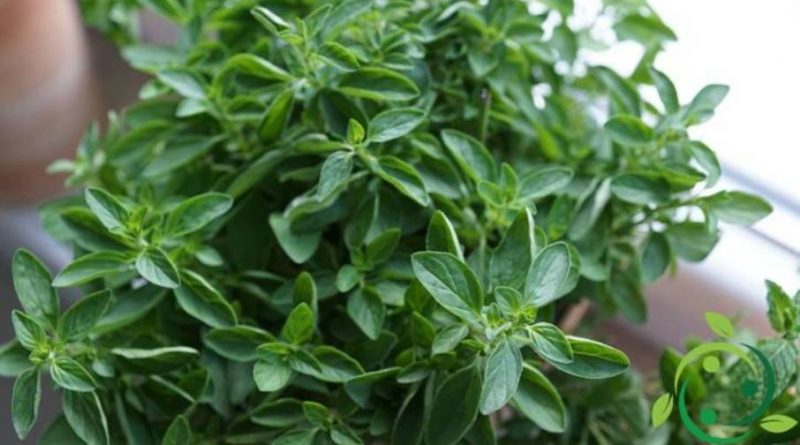How to grow oregano in a biological way
How to grow oregano in a biological way
The cultivation of oregano (Origanum vulgare L., 1753) is now widespread in vast areas of southern Italy and the islands, also because it is one of the most widely used herbs, for its aroma and fragrance, in Mediterranean cuisine. In cultivation for commercial purposes the plant is kept from 3 to 5 years while in the family cultivation it can be considered a perennial plant.
It is a plant that adapts to a wide range of soils but it is important that they are not destined for those too heavy and with difficulty in drainage. Species that can grow and produce even in the absence of irrigation, if not in the initial phase after transplantation, but its yields increase significantly with the irrigation technique. However, it must be said that the best quality productions have few irrigation inputs under conditions.
Before the plant the soil is to be worked in the month of February in order to allow a good aeration of the soil, the removal of weeds and the addition in this phase of a quantity of mature manure or compost between 3 and 5 Kg per square meter. It is important that the manure (or the compost) is well mixed to the ground and the soil is well leveled. Oregano can be associated with species with similar needs such as chives, wild fennel, lavender, mint, rosemary, sage, and other similar aromatics. The period of the plant varies from March to April depending on the latitude. The plant can be made directly with nursery seedlings or by preparing a seedbed from the seed stored the previous year. The seedbed should be prepared in February in a sheltered place from the cold and bright enough. The distances also depend here on the objective of the implant. However, it is good practice to leave 30-50 cm between the plants in the row and a sufficient distance between the rows for the type of working organ you have. Excellent mulching with straw to reduce or even cancel the water supply.
The technique of harvesting varies according to whether the goal is that of a company production on major extensions or if the plant is grown in a family vegetable garden or garden. In the second case it can be harvested scalarmente but it is advisable to sever the entire stem when the flowering has occurred. In the case of cultivation for the farm production, the plants, once the flowering has been completed, are harvested by cutting them off a few centimeters from the ground in order to re-route for the next production. After harvesting the oregano must be dried in dry, ventilated and dark places but its consumption is very pleasant in various ways even in the fresh state.
Although a very rustic plant, especially if grown in the dry, the oregano can be prey on the part of leafhoppers and aphids. These insects hardly assume dangerous proportions if you have complied with the suggested agronomic techniques, but in case of excessive disturbance it is convenient, even for the first time, to deal with a very light solution of Marseilles soap to be repeated even after a week if the weather conditions ( especially humidity) persist. To help with this technique it is better to thin the oregano plants a little bit to make them breathe and make the sunlight penetrate better inside.

